Bamberg: Smoked Beer in Germany’s Unofficial Beer Capital
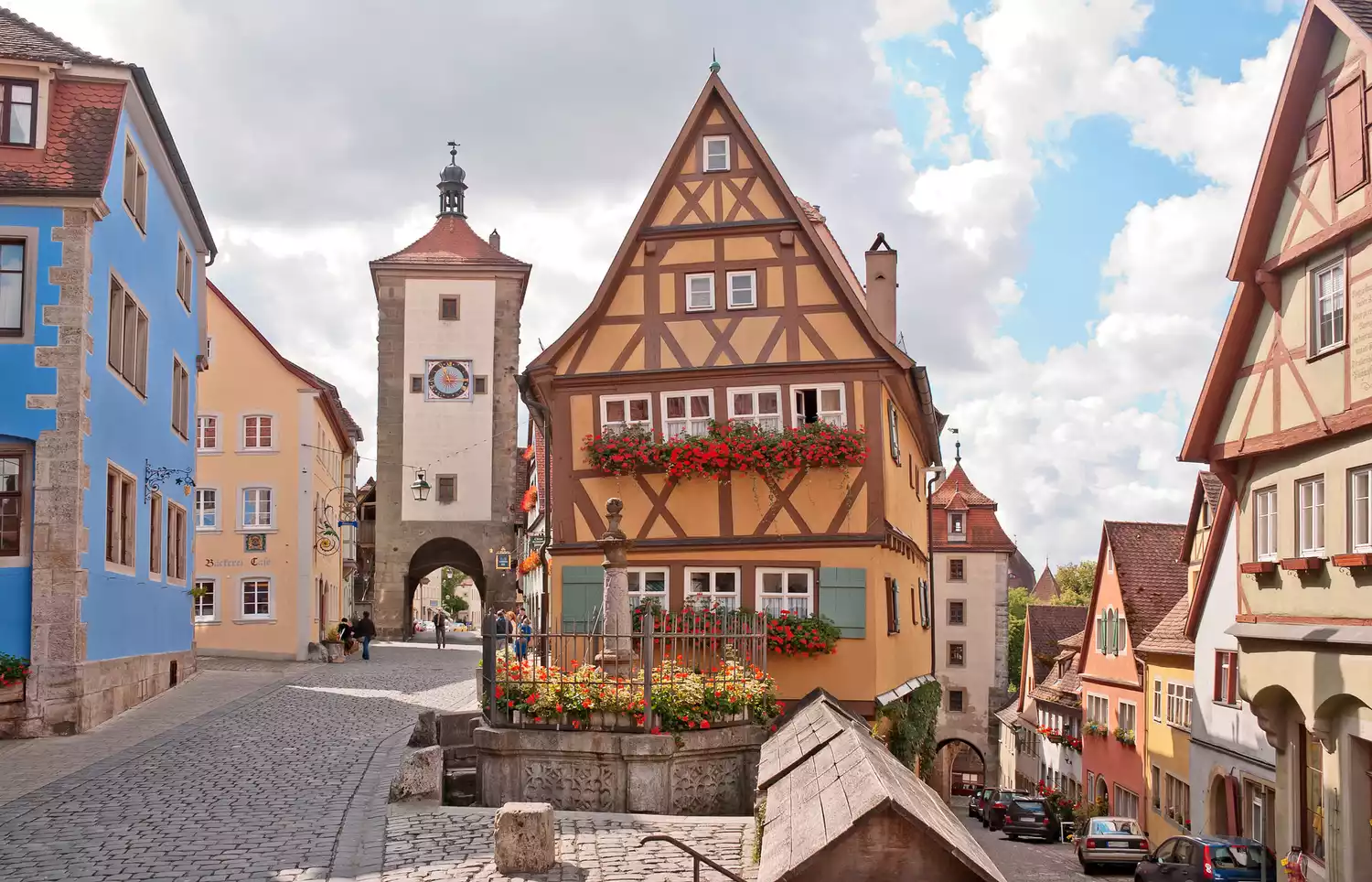
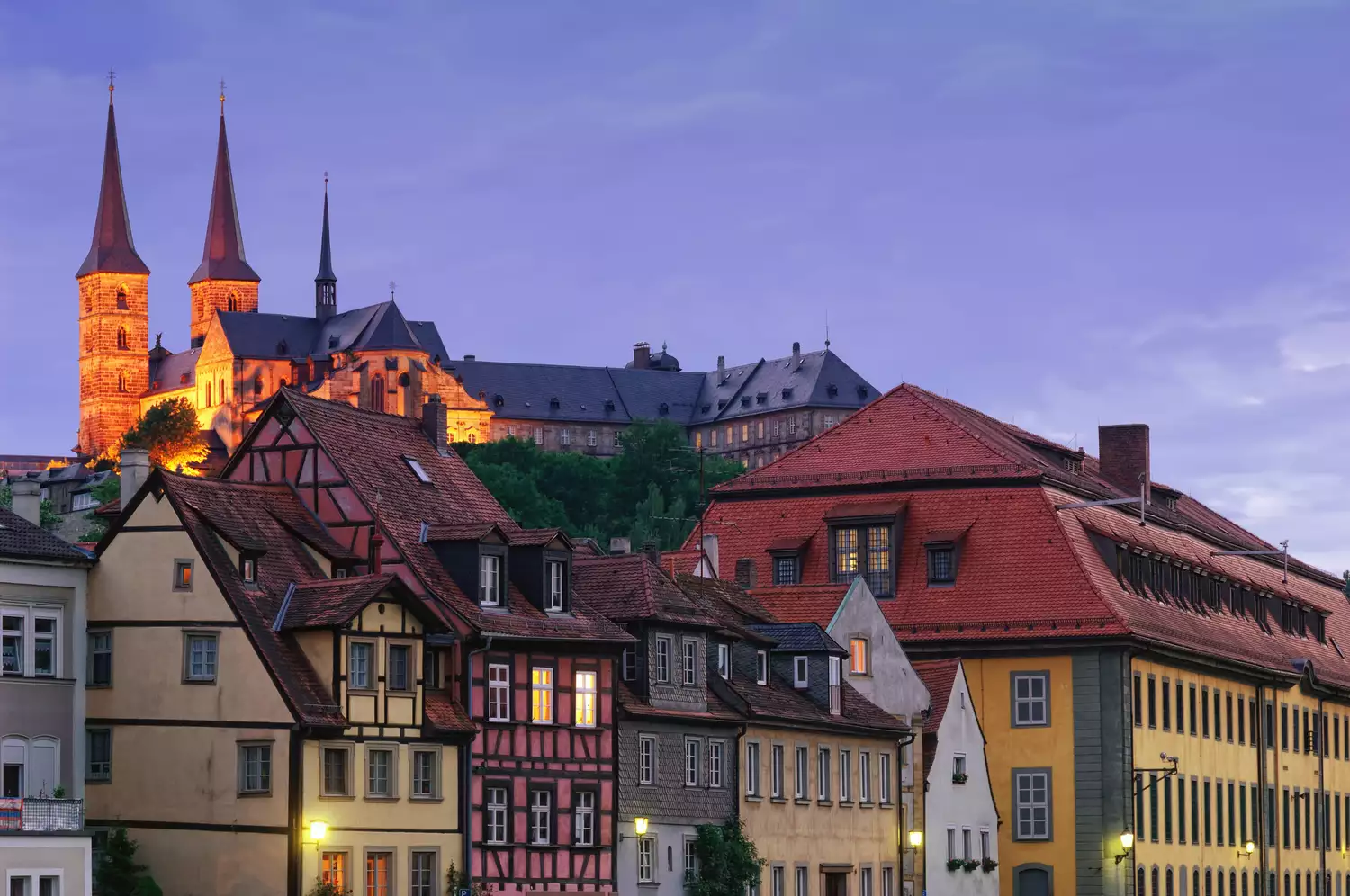
Juergen Sack / Getty Images
Bamberg is known for several things, but two stand out in particular: First, its identity as a UNESCO World Heritage site, a designation paying tribute to Bamberg’s 2,400 listed buildings (including baroque townhouses) and its architecturally mixed, well-preserved Old Town that was spared from WWII bombs. It also enjoys unofficial status as the beer capital of Germany, an honorific that, in a region (and nation) famous for brewing, carries significant weight. While any one of the city’s 11 breweries is worth a visit, we suggest a first stop at Klosterbräu, a postcard-perfect establishment that opened its doors in 1533—though beer brewing in the establishment was first mentioned 200 years earlier—and claims the title as Bamberg’s oldest brewery. Still thirsty? Head to Shlenkerla for their famous Rauchbier (smoked beer); if you don’t fancy a whole pour under its sweeping interior arches or in one of its many cozy rooms, you can get a mini-taste passed to you from a window.
Getting There: The bus and train station are located together about a 20-minute walk to the Old Town on the opposite side of the town’s Regnitz river. To get to Regensburg, catch a direct 35-minute train or drive about 40 minutes north from Nuremberg.
Rothenburg ob der Tauber: Renaissance Architecture and Christmas Market Romance
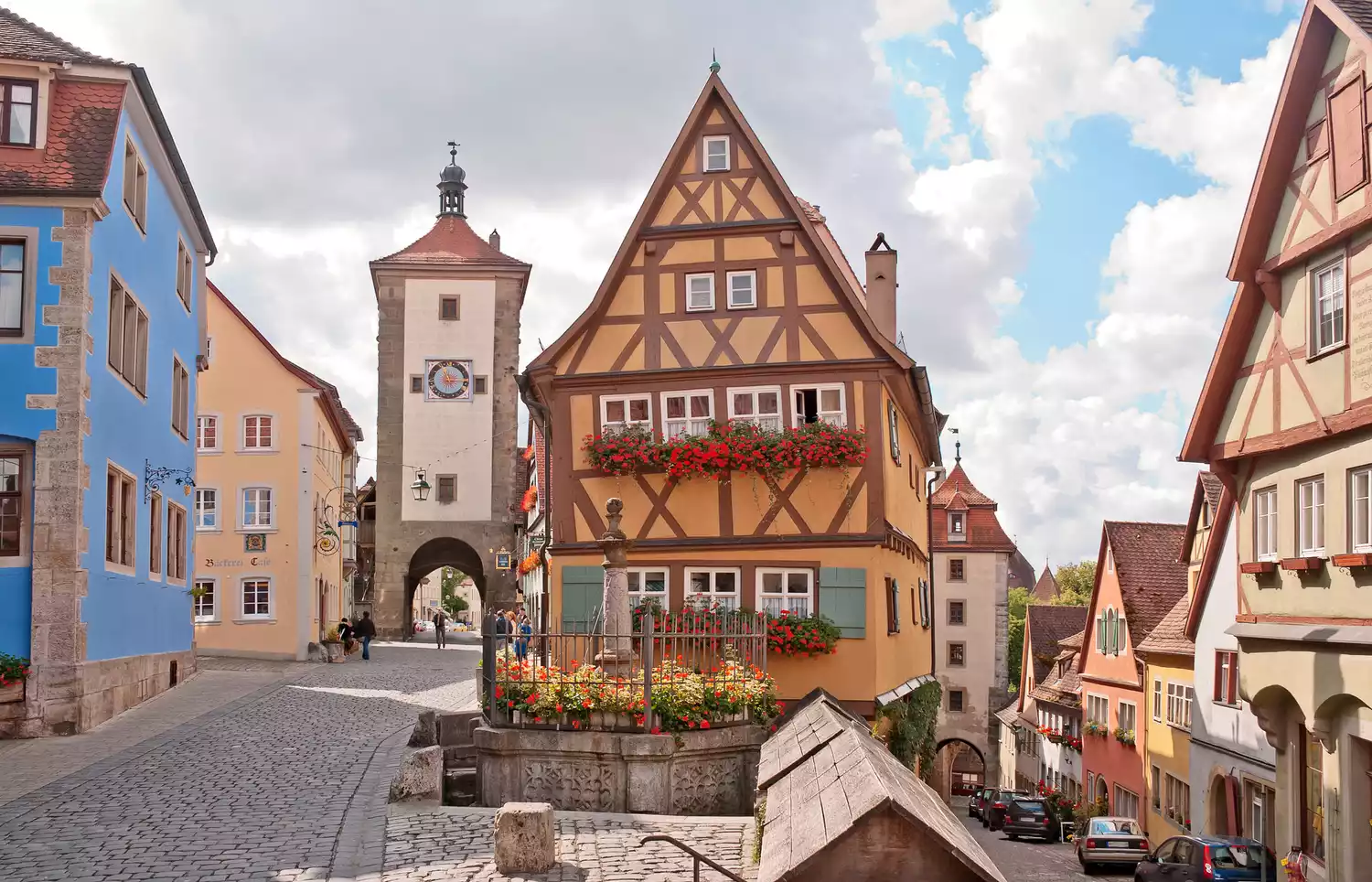
Mo-Jo-Lo / Getty Images
Located on the aptly-named “Romantic Road” that runs through the region, Rothenburg ob der Tauber is one of Germany’s gems for fans of Renaissance architecture—or pastel-colored old town photo ops in one of Europe’s best-preserved towns. Once among the 10 largest cities in the Holy Roman Empire, Rothenburg is a wanderer’s dream, with old city walls and 42 gatehouses and watchtowers to explore. However, it really comes into its own during Advent, when the town’s Reiterlesmarkt, one of Germany’s most romantic Christmas markets, comes to life in the central Marktplatz, or market square. Under the spell of softly falling snow and some warming Glühwein, it’s easy to imagine you’re on the set of a holiday film.
Fünf-Seidla-Steig: Hike Between Breweries on a Day Out in Nature.
The Fünf-Seidla-Steig hike combines two things Germans love—a walk in nature and beer—and it’s a great way to take in the Franconian Switzerland (don’t worry, you’re still in Germany) countryside while sampling the best of the region’s hoppy produce. During this 10-kilometer (about 6.2 miles) walk, you can stop in at five breweries along the route, which offer brews and hearty traditional food.
Getting There: The easiest way to get there is the R21 Gräfenbergbahn train from Nuremberg, which takes about 45 minutes. Once there, you can do the route as a 19-kilometer (11.8-mile) circuit, or take the “Trubachtal-Express” (line 229) from May 1 until November 11 if you need a ride along the way (line 226 also runs year-round).
Flossenbürg Concentration Camp: One of History’s Most Important Chapters

©Studio One-One / Getty Images
If you’re in Nuremberg for the history, Flossenbürg Concentration Camp is an essential part of Germany’s past that shouldn’t go unvisited. One of the few rural concentration camps established during the Nazi regime, Flossenbürg housed some 100,000 “asocial,” “criminal,” and political prisoners during the war, of whom around 30,000 died. A visit to a concentration camp is a somber experience, but it’s also a life-changing encounter with the worst of history and humanity so we might go into the future with clearer eyes.
Getting There: Take the RE train from Nuremberg directly to Weiden (Oberpfalz), Altenstadt an der Waldnaab, or Neustadt an der Waldnaab, a journey time of just over an hour. From there, you can take bus line 6272 about 45 minutes to the Flossenbürg Memorial bus stop.
Playmobil Fun Park: Family Fun at a Much-Loved Amusement Park
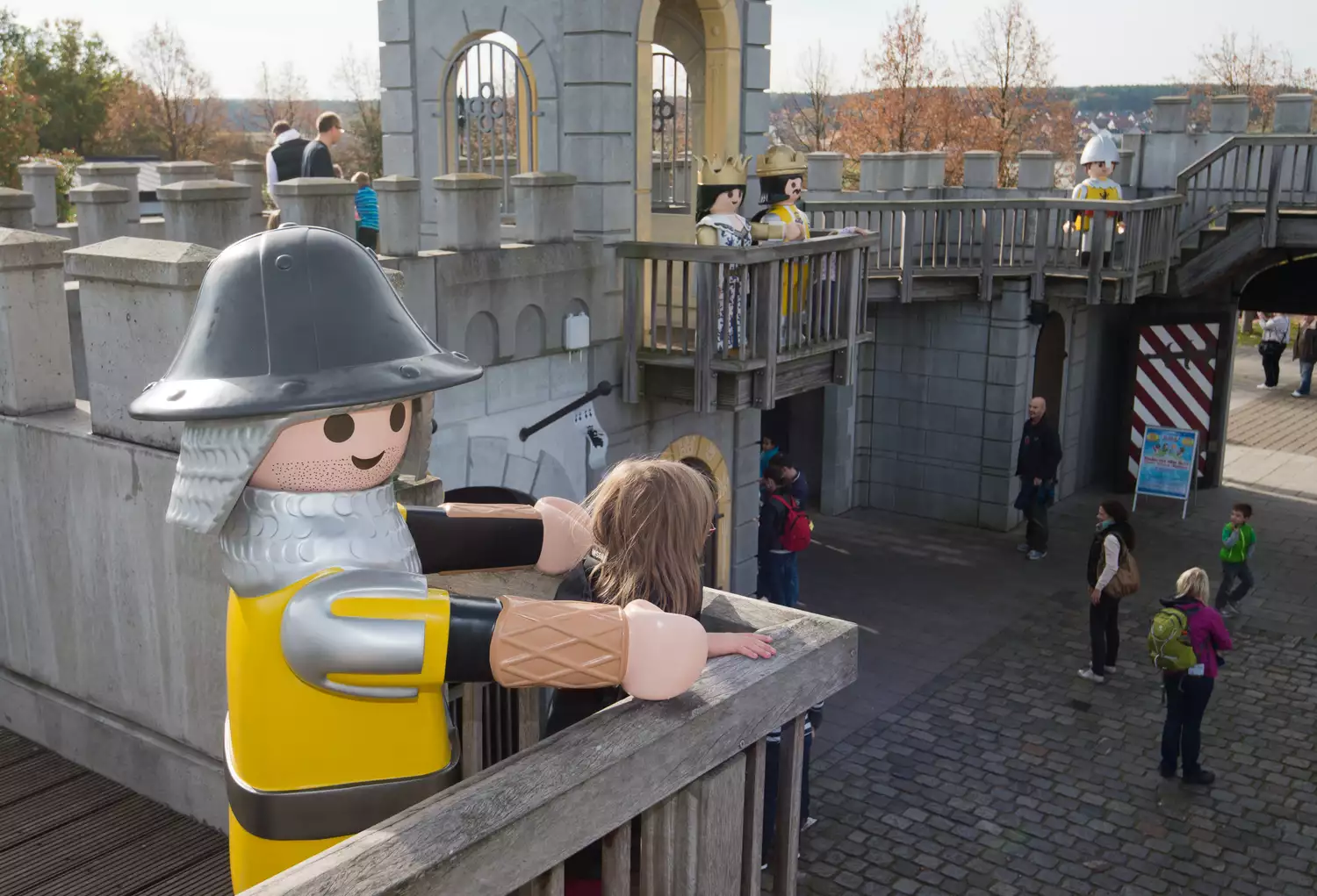
Timm Schamberger / Getty Images
Families can explore rope courses, adventure tree houses with dinosaurs, a huge bouncing pillow, an indoor climbing area, an educational farm, and more. It’s pretty much a guaranteed way to wear out little kids if they have a little extra energy to burn.
Getting There: It’s easy to get here from Nuremberg by public transit: Take the city’s U2, U3, or S1 a short three stops from the central station to Nürnberg Gustav-Adolf-Str., then transfer to bus 113 at the Rothenburger Str. Stop. Nine stops more to Zindorf Bundesamt, and you’re a 10-minute walk from the gates.
Regensburg: Beer and Sausage in a Medieval Old Town
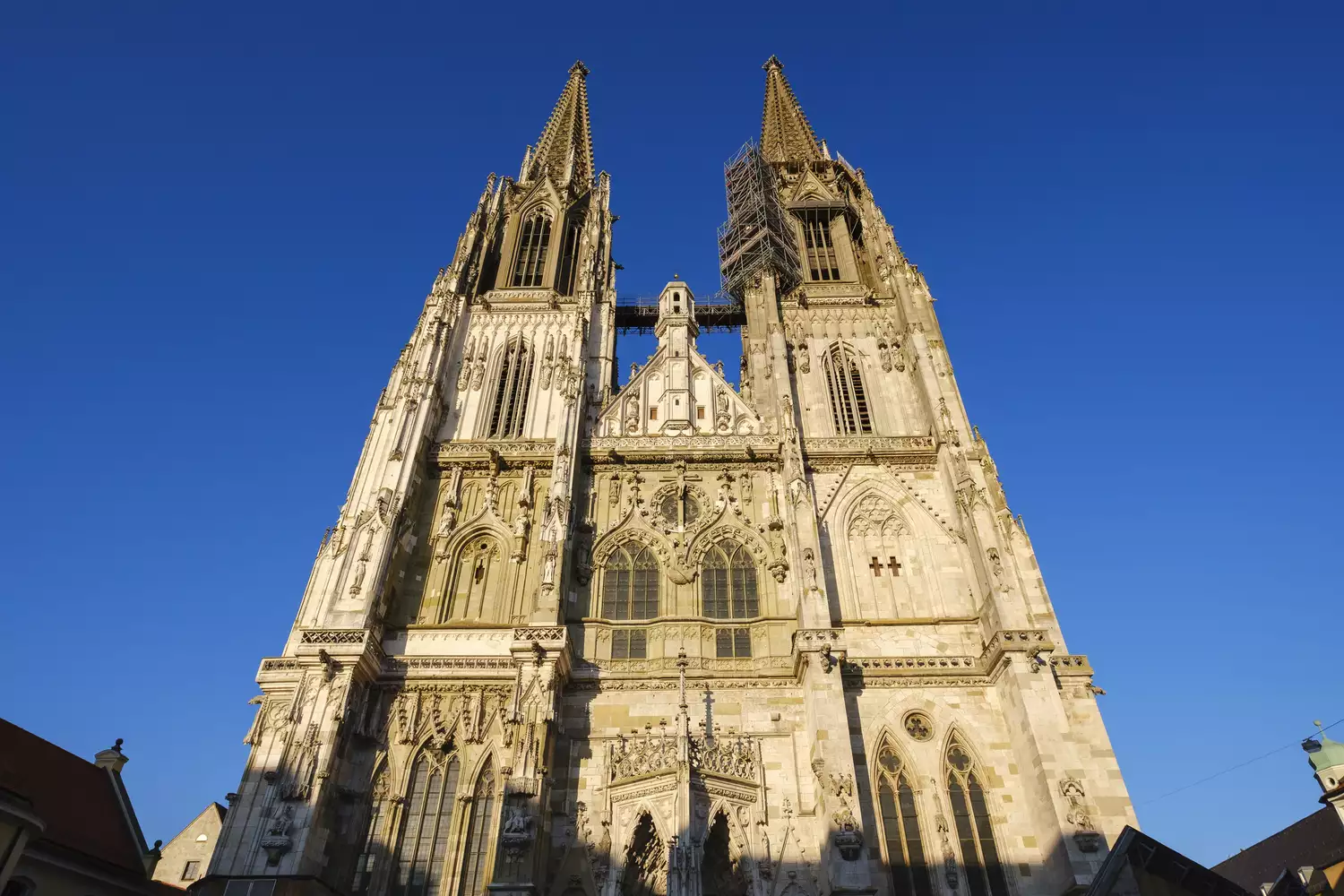
Westend61 / Getty Images
Romantic Danube-side Regensburg features a hefty dose of Bavarian charm as well as the ability to boast the title of one of Germany’s oldest towns. Thanks to its ending WWII unscathed, it remains a beautiful medieval town to wander through, snapping photos of the c. 1135 AD Stone Bridge and Regensburg Cathedral, a Gothic beauty some 600 years in the making. When you’re in need of refreshment, stop in at shady biergartens for pork knuckle and cool steins.
Getting There: Taking the train is the easiest and most eco-friendly way to get here: Take one of the Deutsche Bahn’s ICE trains or an IC/RE train straight into Regensburg’s station—the journey time is only about an hour.
Altmühlthal Nature Park: A Day Out in Nature (Plus Dinosaurs)
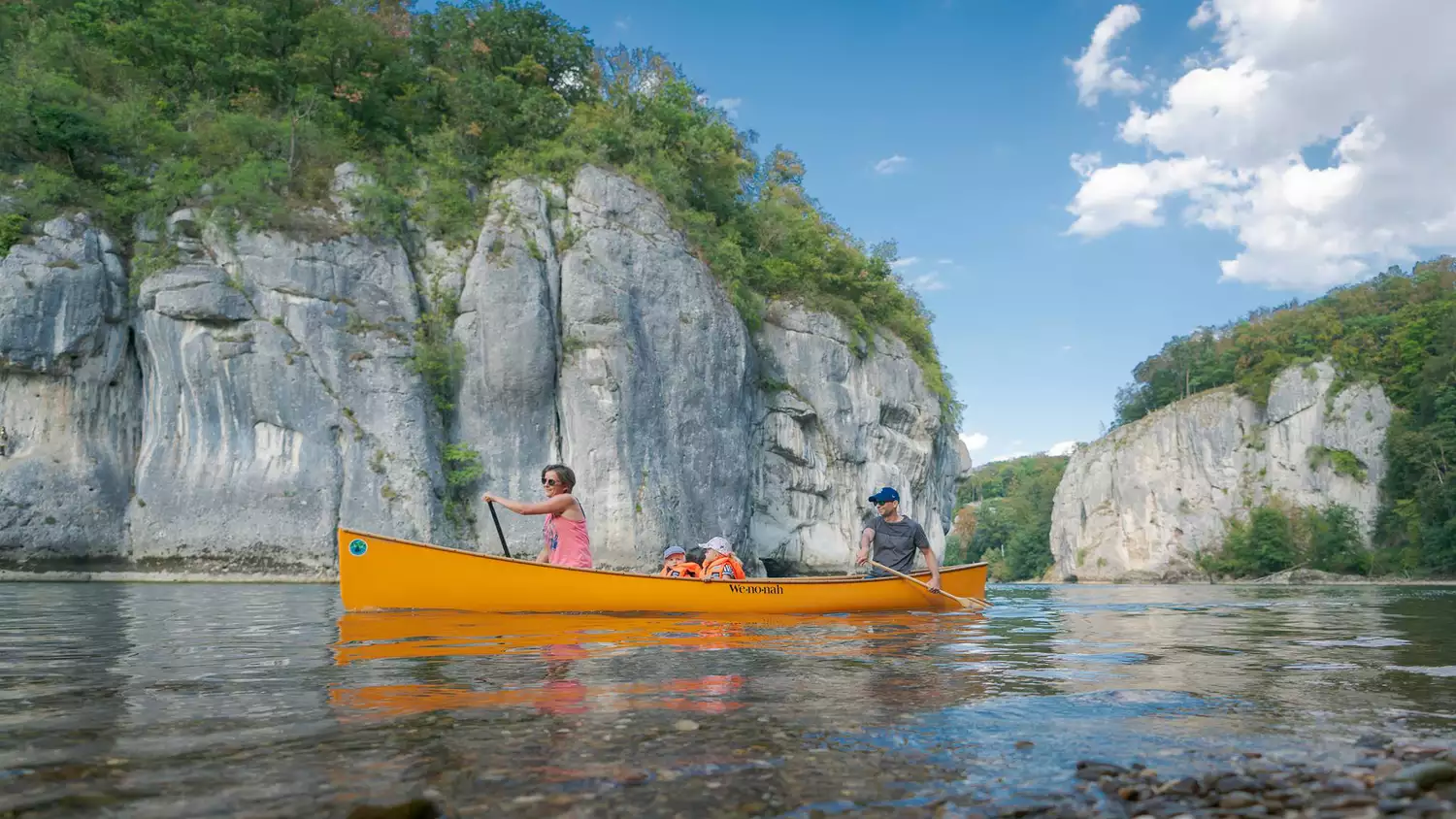
Courtesy of Altmühlthal Nature Park
There are few leisure activities more German than a day out in nature, and Altmühlthal Nature Park features some beautiful scenery to enjoy. The park offers 19 circular hiking routes from short walks to day-long treks, canoeing on the eponymous river, and around 165 kilometers of streamside cycling (one of the most popular paths in Germany).
Source: https://t24hs.com








